Home>Interior Design>Color Decorating Rules To Ignore: 5 Old Mantras Dating Your Decor
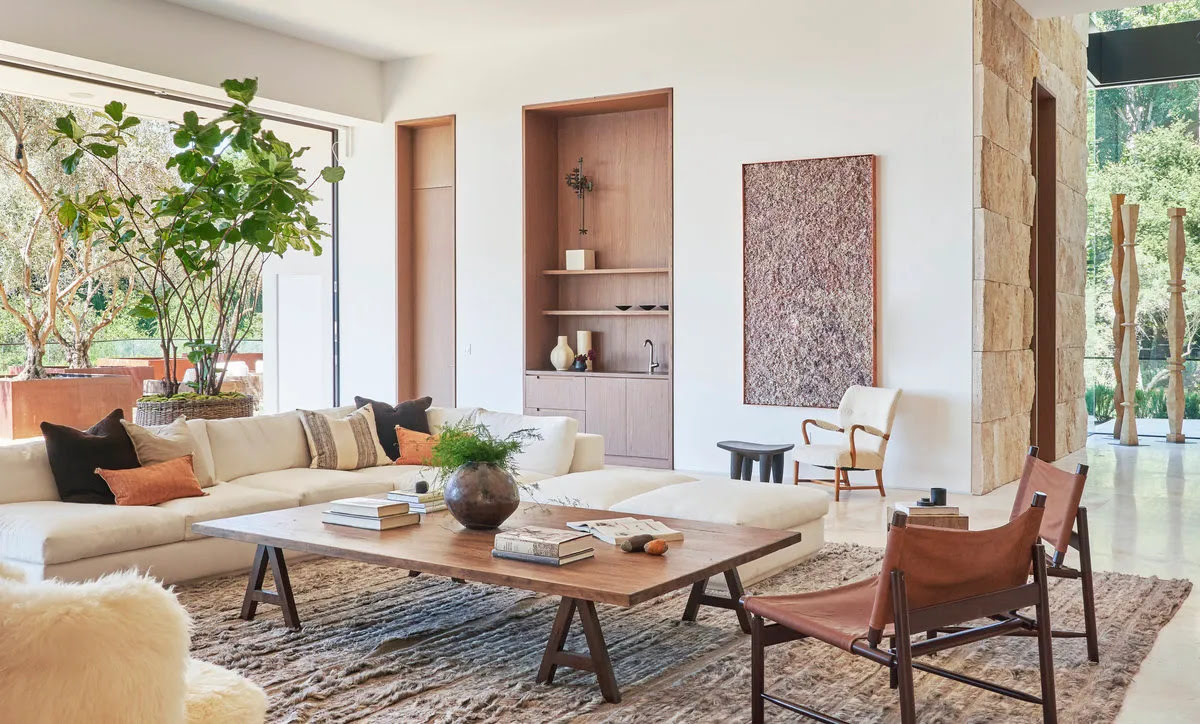

Interior Design
Color Decorating Rules To Ignore: 5 Old Mantras Dating Your Decor
Modified: January 19, 2024
Discover the color decorating rules you can confidently ignore, and break free from outdated mantras that are dating your interior design. Enhance your decor with modern ideas and fresh perspectives.
(Many of the links in this article redirect to a specific reviewed product. Your purchase of these products through affiliate links helps to generate commission for Storables.com, at no extra cost. Learn more)
Introduction
When it comes to interior design, there are a lot of rules and guidelines that have been passed down through the years. While some of these rules still hold true and can help create a harmonious and cohesive space, others have become outdated and should be ignored. In fact, adhering to these outdated design mantras can actually date your decor and make it feel stale and uninspired.
In this article, we will explore five old design rules that you should ignore. By breaking free from these constraints, you can infuse your space with personality and create a truly unique and modern interior.
So, let’s dive in and discover the color decorating rules that are holding you back!
Key Takeaways:
- Break free from outdated design rules like matching furniture sets and neutral colors for rentals. Embrace mixing metals, dark colors in small spaces, and diverse color schemes to create a unique and personalized interior.
- Trust your instincts and unleash creativity by mixing metals, embracing dark colors in small spaces, and infusing rentals with vibrant hues. Break free from strict color schemes and create a visually stimulating and truly unique space.
Read more: How To Re Use Your Old Tuscan Home Decor
Mixing Metals
One old design mantra that you may have heard is the notion that you should stick to one metal finish throughout your space. However, this rule is outdated and can limit your creativity when it comes to decor. Mixing metals can actually add depth and visual interest to your interior.
Gone are the days when you had to match every metal element in your space. Instead, feel free to mix finishes such as brass, silver, and copper. This can create a modern and eclectic look that showcases your personal style. For example, you can pair a brass chandelier with silver drawer pulls or mix copper accents with brushed nickel fixtures.
When mixing metals, it’s important to ensure a sense of balance and cohesion. Consider using a dominant metal finish as a foundation and then introduce accents with other metal finishes. This will give your space a curated and intentional look.
Remember, breaking the “one metal” rule allows you to play with different textures and finishes, adding depth and dimension to your decor. So go ahead, embrace the beauty of mixing metals and create a truly standout interior.
Matching Furniture Sets
Another design mantra that you can safely ignore is the idea that all of your furniture should match perfectly. While it may seem like a logical choice to create a cohesive look, it can actually make your space look generic and lacking character.
Instead, consider mixing and matching different furniture pieces to create an eclectic and personalized vibe. Combining different styles, colors, and materials can add visual interest and make your space feel more curated and unique.
For example, you can pair a sleek modern sofa with a vintage coffee table or mix and match dining chairs in different styles. By incorporating various pieces that reflect your individual taste and personality, you can create a space that truly feels like yours.
When mixing furniture, pay attention to the overall balance and scale of the pieces. Think about the relationship between different textures, colors, and shapes to ensure a cohesive and harmonious composition.
So, instead of sticking to a single furniture set that matches perfectly, let your creativity shine through by incorporating a variety of pieces that speak to you. The result will be a space that is unique, inviting, and full of character.
Avoiding Dark Colors in Small Spaces
For years, there has been a common belief that small spaces should only be adorned with light and neutral colors to make them appear larger and airy. However, this design mantra is no longer set in stone. In fact, dark colors can be incredibly impactful and can transform a small space into a cozy and intimate retreat.
When used strategically, dark paint colors or bold wallpapers can add depth and drama to a small space. They can create a sense of coziness and make the room feel more intimate. Dark colors have a unique ability to make a space feel enveloping and give it a sophisticated and luxurious vibe.
To effectively incorporate dark colors in a small space, consider these tips:
- Choose a focal wall: Paint one wall in a dark color or use a bold wallpaper to create a focal point in the room. This will draw the eye and add visual interest without overwhelming the entire space.
- Balance with light elements: Pair dark walls with light-colored furniture, accessories, and accents. This will create contrast and prevent the space from feeling too heavy.
- Maximize natural light: Ensure that proper lighting is in place to make a small space feel brighter and more open. Use pendant lights, sconces, and mirrors strategically to reflect light and create the illusion of a larger space.
- Consider a monochromatic scheme: Opt for a monochromatic color scheme using different shades of the same dark color. This can add depth and create a cohesive look that visually expands the space.
By breaking free from the outdated notion that dark colors should be avoided in small spaces, you can create a unique and inviting atmosphere that defies expectations. Embrace the drama and elegance that dark colors can bring to your small space.
When it comes to decorating with color, don’t feel restricted by old mantras like “blue and green should never be seen.” Embrace your own style and mix colors in a way that feels right to you.
Sticking to Neutral Colors for Rentals
When it comes to decorating rental spaces, many people have been advised to stick to neutral colors to appeal to a wider range of potential tenants. While it’s true that neutral colors can be versatile and appealing, there’s no need to limit yourself to a bland palette.
Infusing color into your rental space can actually make it feel more inviting, vibrant, and personal. It can also help create a unique and memorable atmosphere that sets your rental apart from others.
So, how can you incorporate color into your rental without making drastic and potentially off-putting changes? Here are a few ideas:
- Use removable wallpaper: If you’re not allowed to paint the walls, consider using removable wallpaper to add pattern and color to the space. It’s a great way to make a statement without causing any damage.
- Add colorful furniture and accessories: Choose furniture pieces and accessories in bold colors that can easily be swapped out when you move. Think vibrant throw pillows, rugs, artwork, and curtains.
- Opt for colorful accents: Introduce pops of color through accent pieces, such as vases, lamps, and decorative objects. These small touches can make a big impact on the overall look and feel of the space.
- Create a feature wall: Paint one wall in a bold and vibrant color to serve as a focal point in the room. This can add personality and depth to your rental space.
By embracing color in your rental, you have the opportunity to create a space that reflects your personality and makes a lasting impression on potential tenants. Just make sure to keep the changes reversible and respect any restrictions outlined in your lease agreement.
So, don’t be afraid to step outside the neutral comfort zone and infuse your rental with color. It’s a surefire way to make your space feel more vibrant and welcoming.
Following Strict Color Schemes
For a long time, following strict color schemes was considered essential for creating a cohesive and harmonious interior design. However, this old design rule can often stifle creativity and limit the potential of your space. Breaking free from strict color schemes allows you to explore a more eclectic and personalized approach, resulting in a more dynamic and visually interesting space.
Instead of sticking to a single color palette, consider mixing different colors and experimenting with contrasting hues. Here are some tips to help you embrace color diversity:
- Choose a dominant color: Start with a dominant color that sets the tone for your space. This can be a bold, vibrant color or a more subdued hue that complements your overall design aesthetic.
- Add complementary colors: Identify complementary colors that work well with your dominant color. These are colors that are opposite on the color wheel and can create a sense of balance and harmony when used together.
- Experiment with accent colors: Introduce accent colors to add pops of visual interest throughout the space. These can be bolder, contrasting shades that catch the eye and highlight specific elements or areas.
- Consider shades and tones: Play with different shades and tones of your chosen colors to create depth and dimension. This can be achieved through the use of lighter and darker hues or by incorporating different textures and materials.
- Trust your intuition: Ultimately, the most important rule to follow when it comes to color is to trust your own intuition. Choose colors that resonate with you and make you feel happy and comfortable in your space.
By breaking free from the constraints of strict color schemes, you open up a world of possibilities for your interior design. You can create a space that reflects your personality, sparks joy, and evokes the desired mood.
So, don’t be afraid to mix and match colors, embrace contrast, and trust your own sense of style. The result will be a visually stimulating and truly unique space that you can call your own.
Conclusion
Design rules are meant to guide us in creating beautiful and functional spaces, but it’s important to recognize when certain rules no longer serve us. By breaking free from outdated design mantras, such as mixing metals, matching furniture sets, avoiding dark colors in small spaces, sticking to neutral colors for rentals, and following strict color schemes, you can unleash your creativity and transform your space into a truly personalized and engaging environment.
Mixing metals adds depth and visual interest, while mixing and matching furniture sets creates an eclectic and unique atmosphere. Embracing dark colors in small spaces can bring drama and coziness, and incorporating color into rentals adds vibrancy and personality. Lastly, breaking away from strict color schemes allows for a more dynamic and visually stimulating design.
Remember, the key to successful design is to trust your instincts, honor your personal style, and create a space that reflects who you are. Allow the rules to guide you but don’t let them constrain you. Be bold, be creative, and most importantly, have fun with your design choices.
So go ahead, ignore those old design mantras, and embark on a journey of exploring new possibilities. Transform your space into a haven that not only impresses but also celebrates your individuality and brings you joy every day.
Frequently Asked Questions about Color Decorating Rules To Ignore: 5 Old Mantras Dating Your Decor
Was this page helpful?
At Storables.com, we guarantee accurate and reliable information. Our content, validated by Expert Board Contributors, is crafted following stringent Editorial Policies. We're committed to providing you with well-researched, expert-backed insights for all your informational needs.
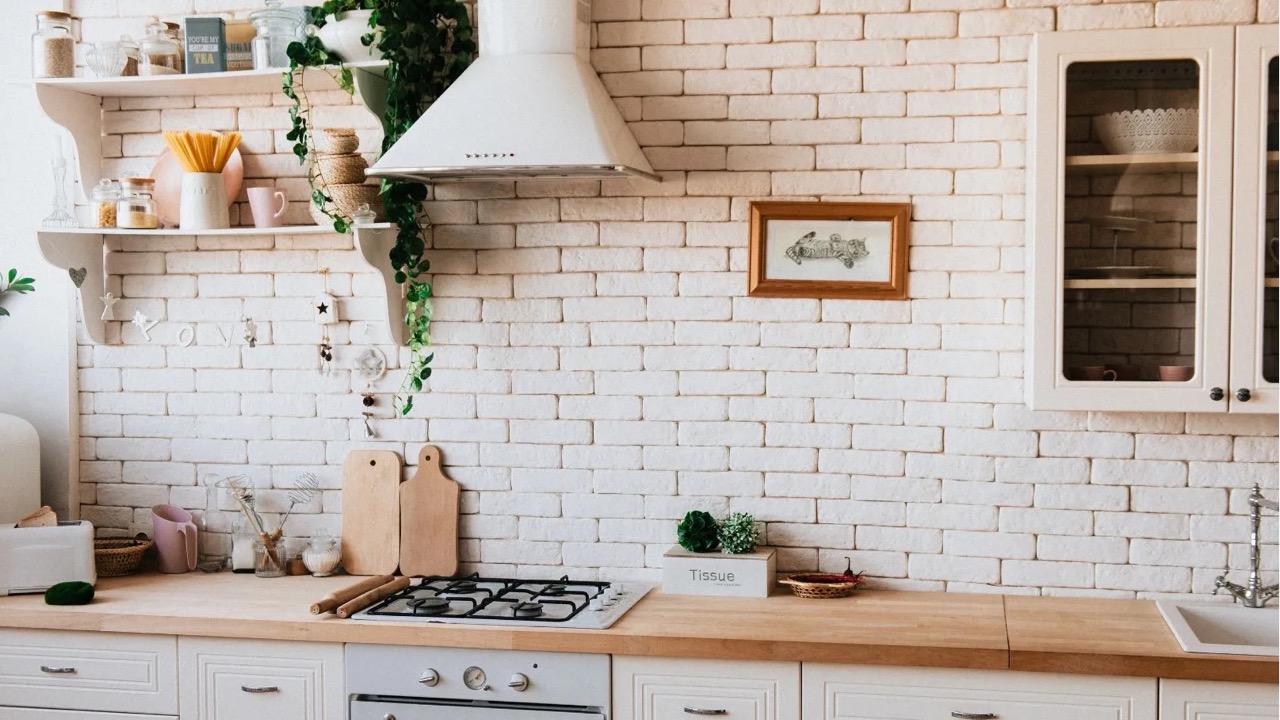
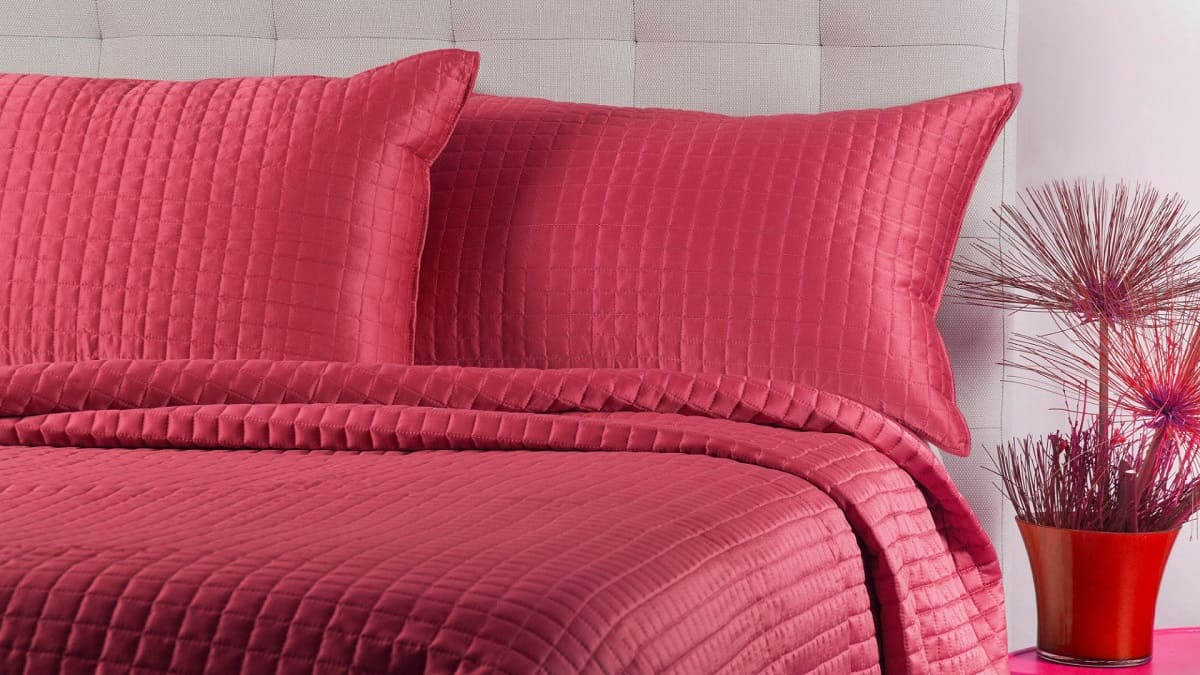
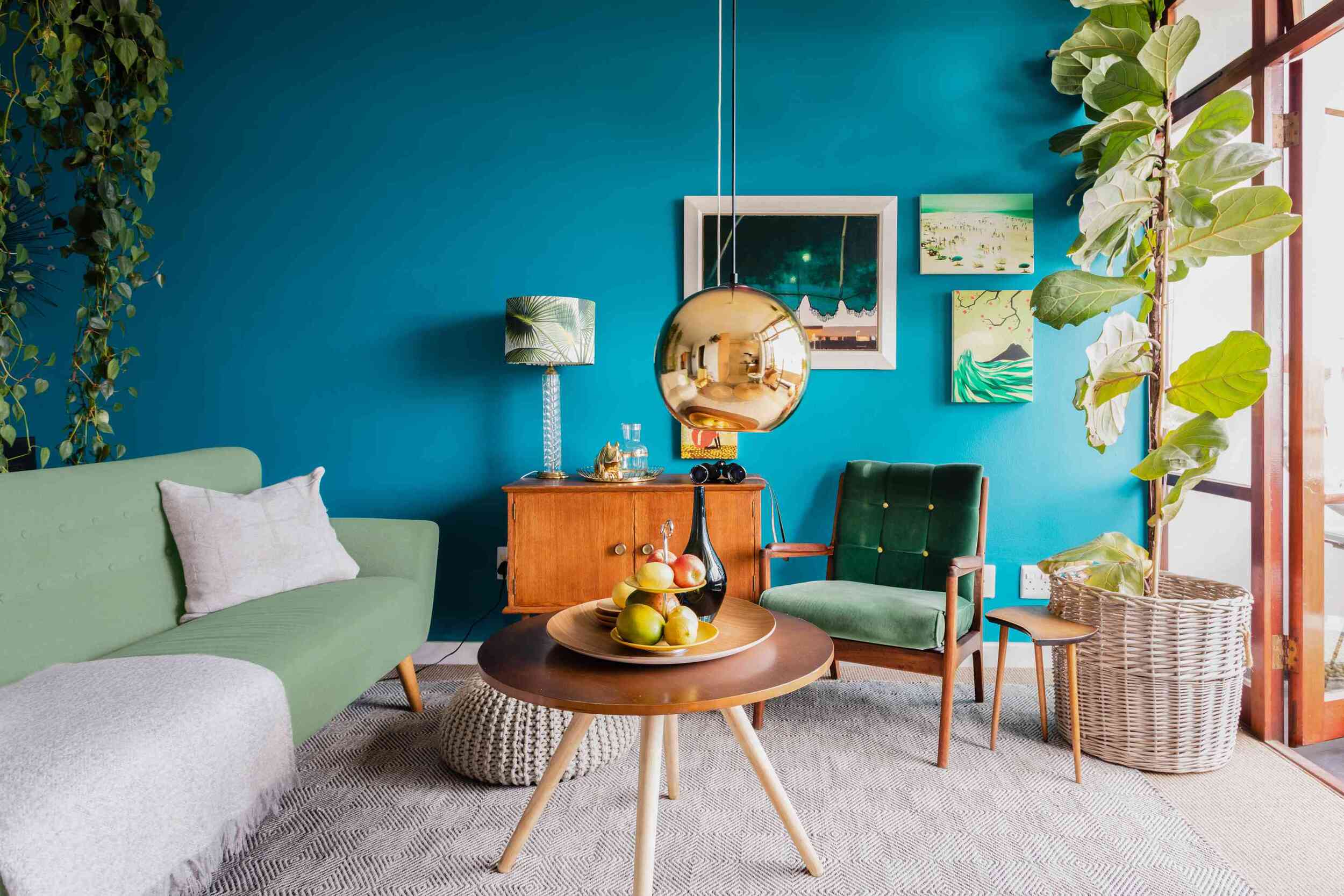
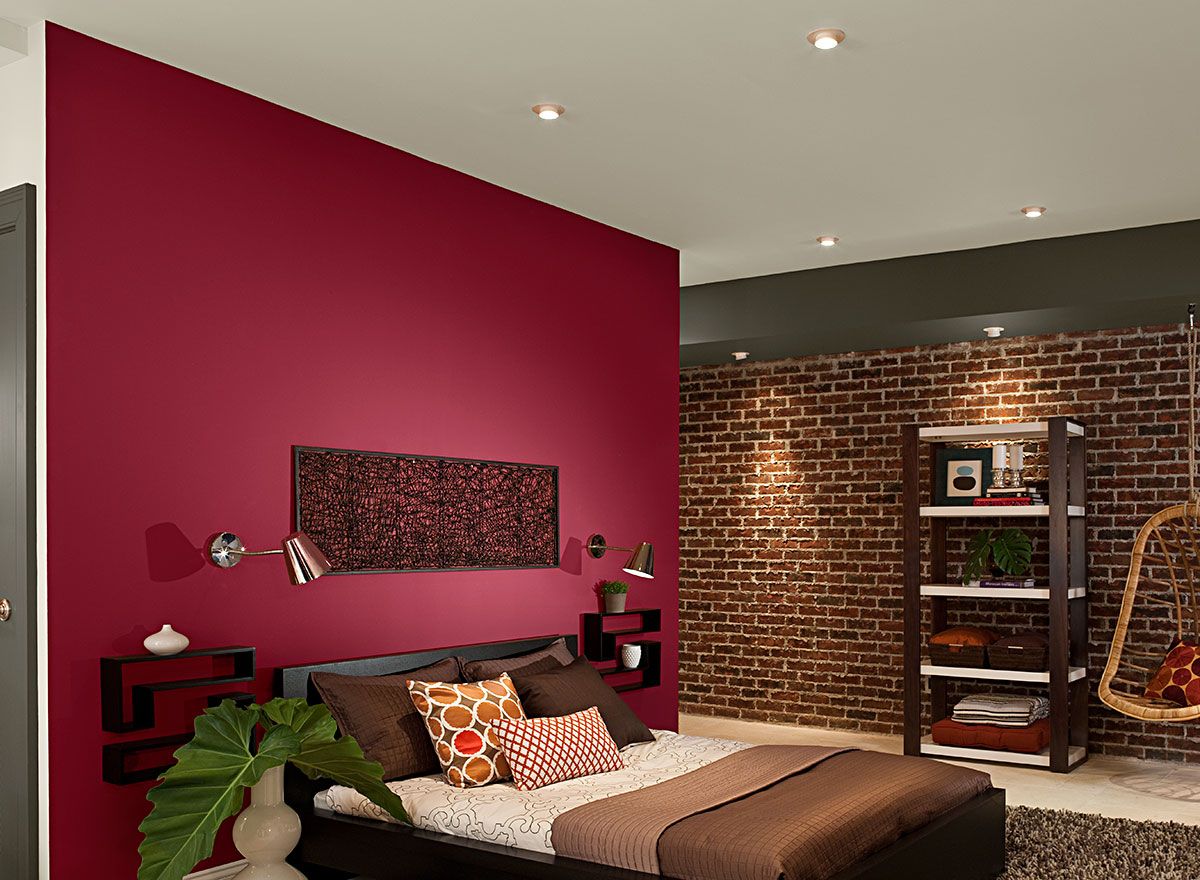
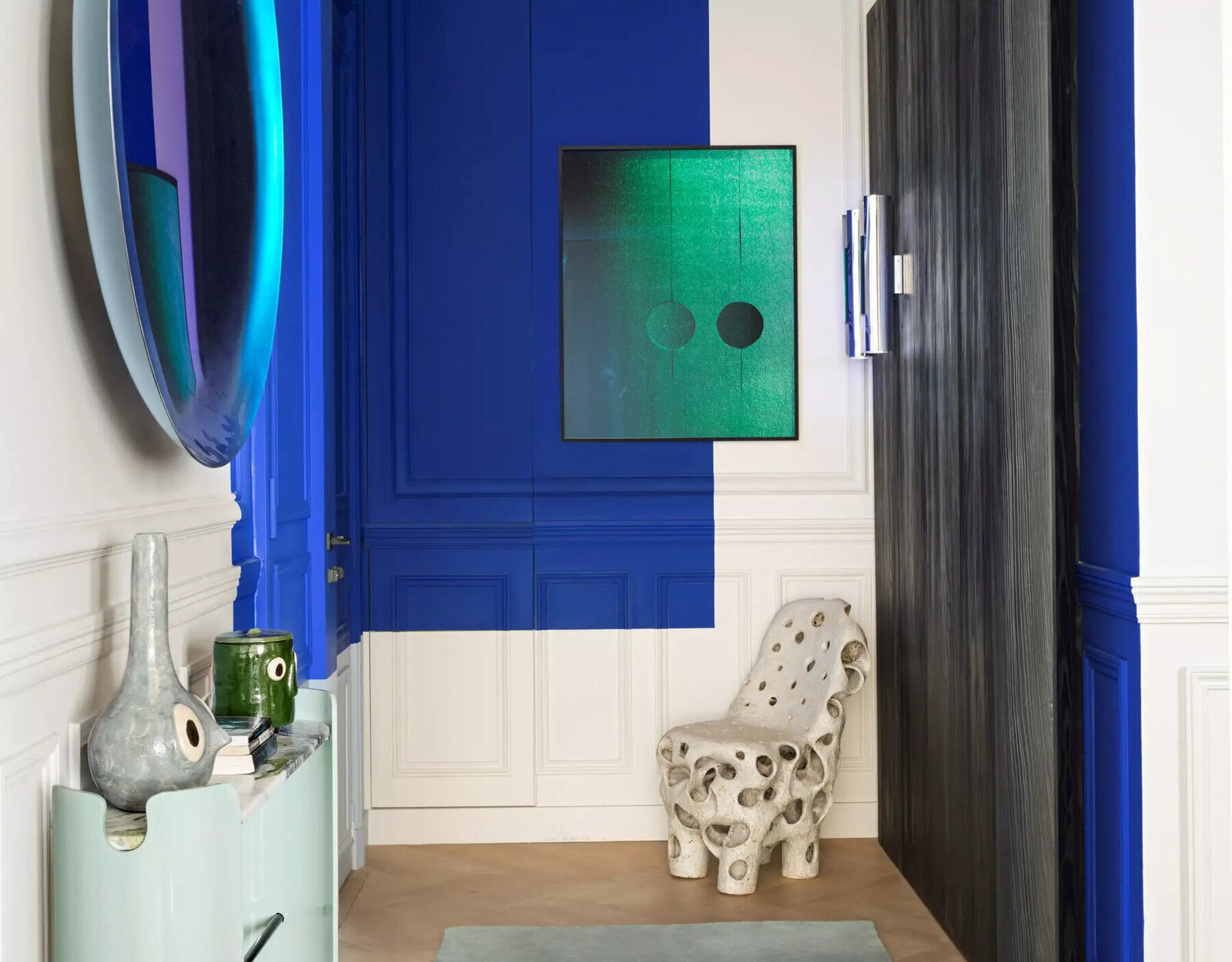
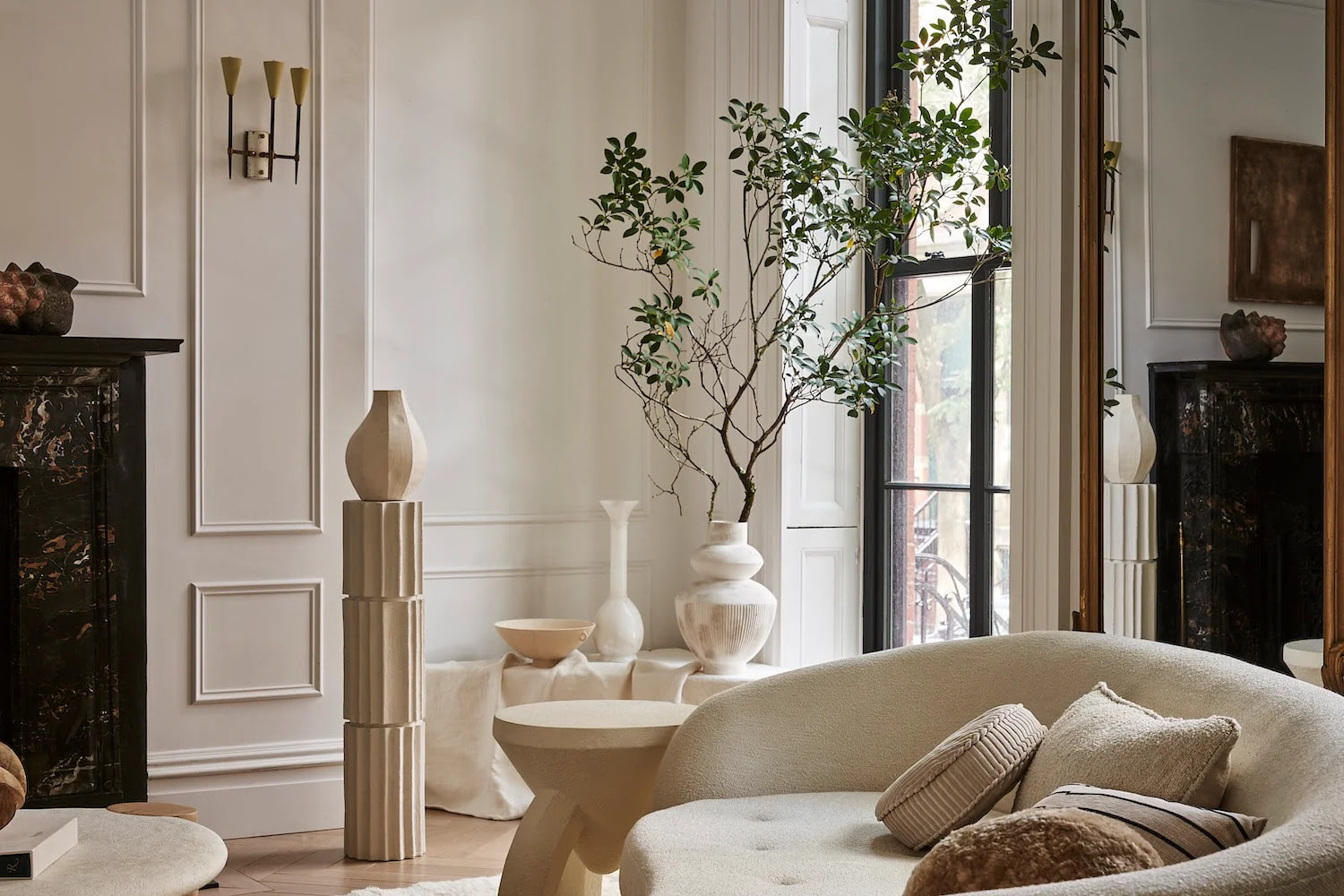
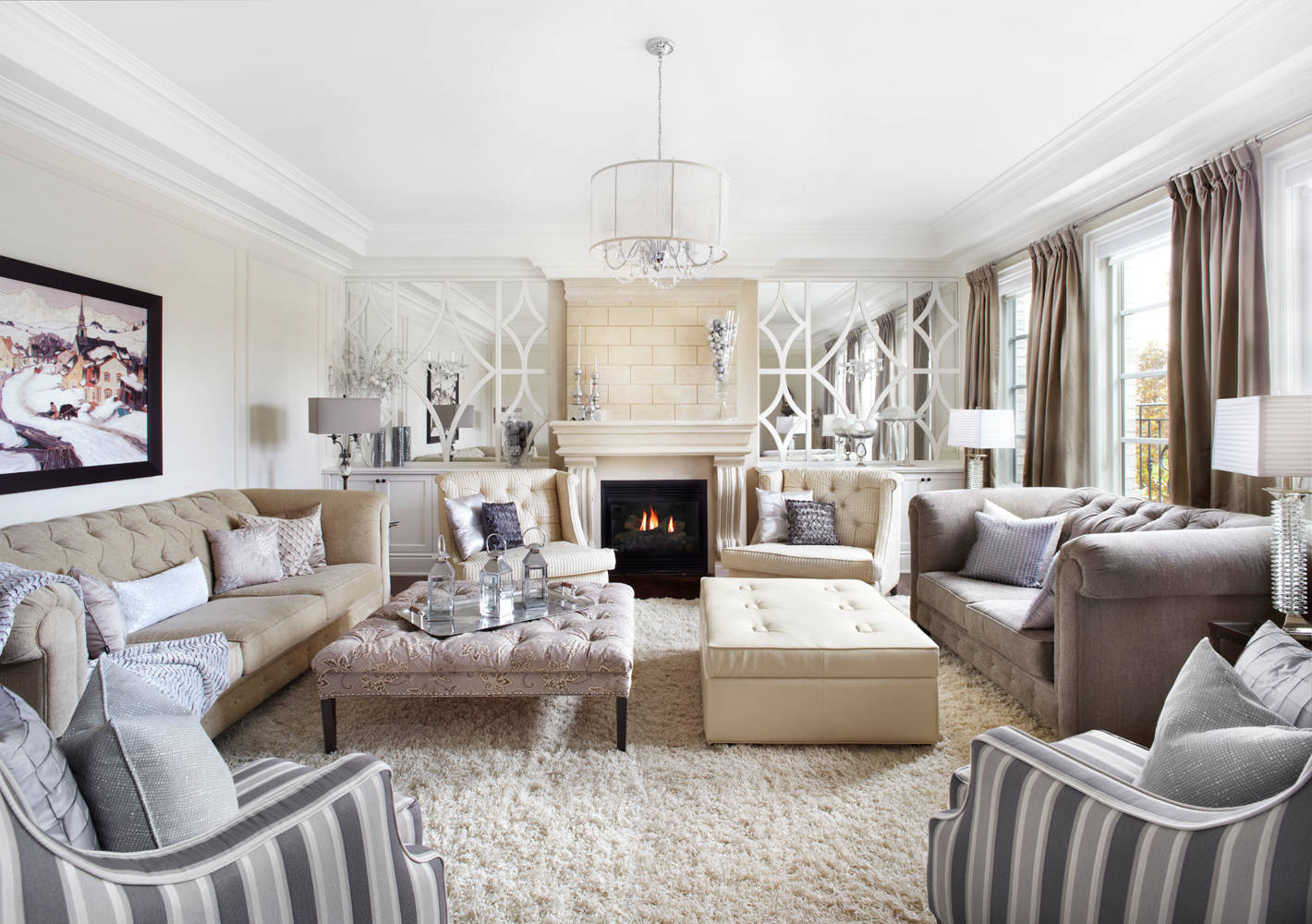
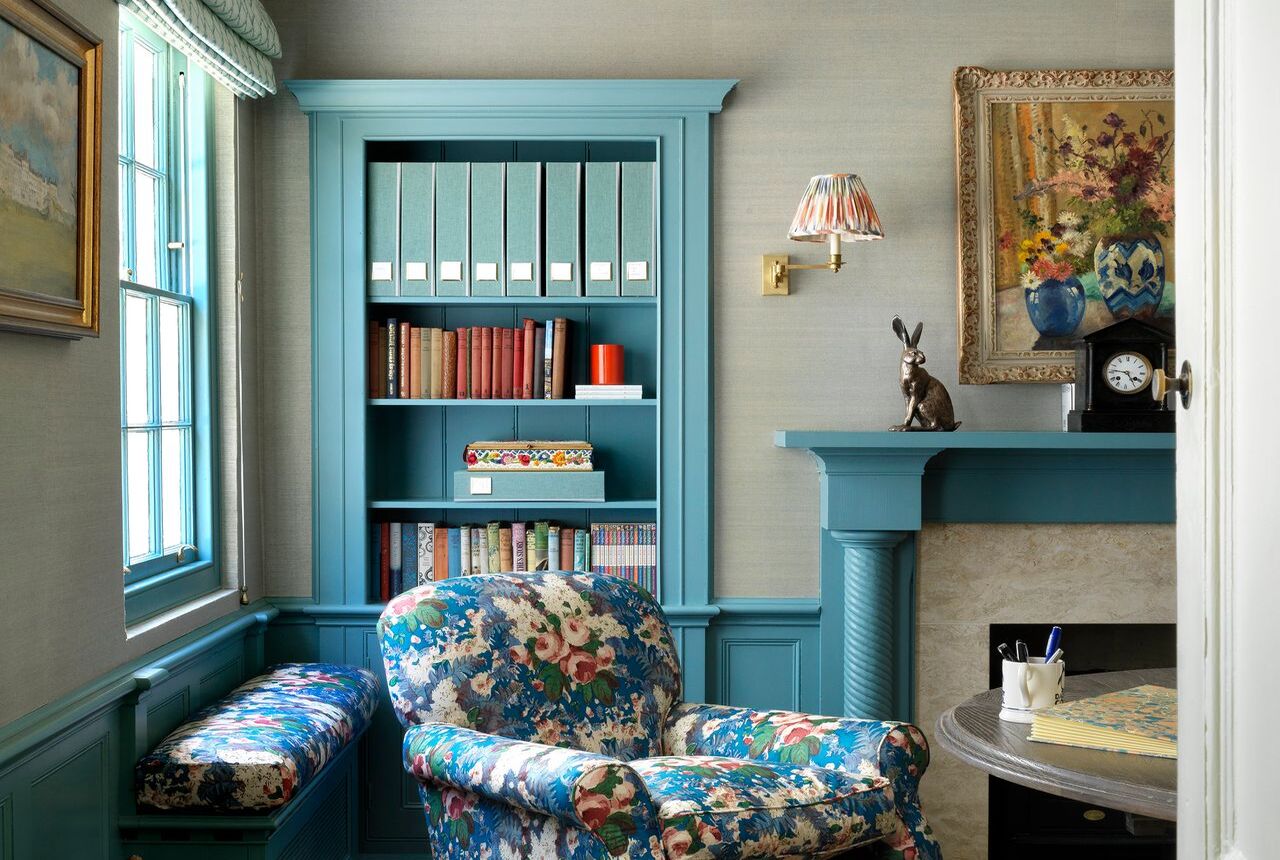
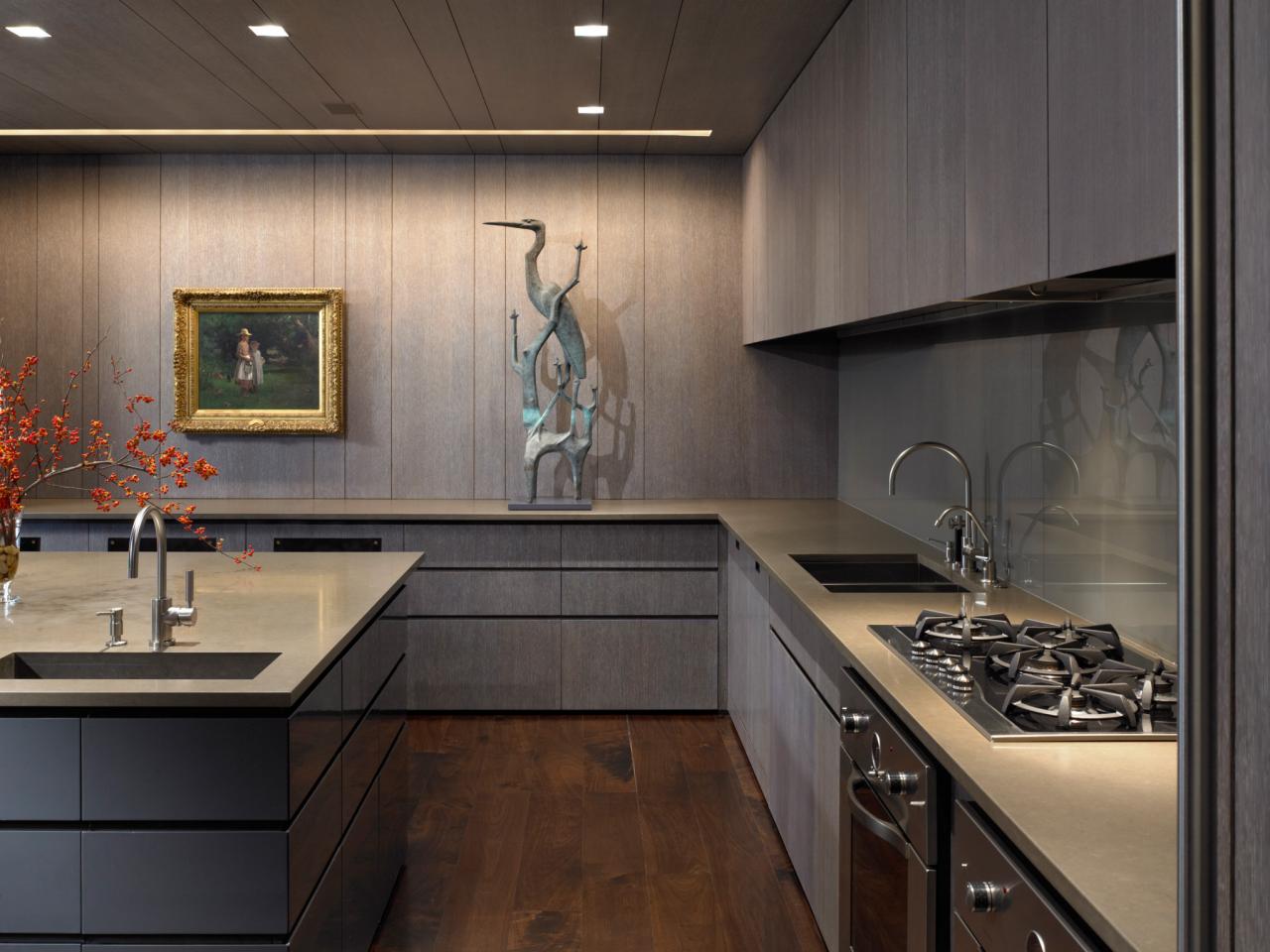
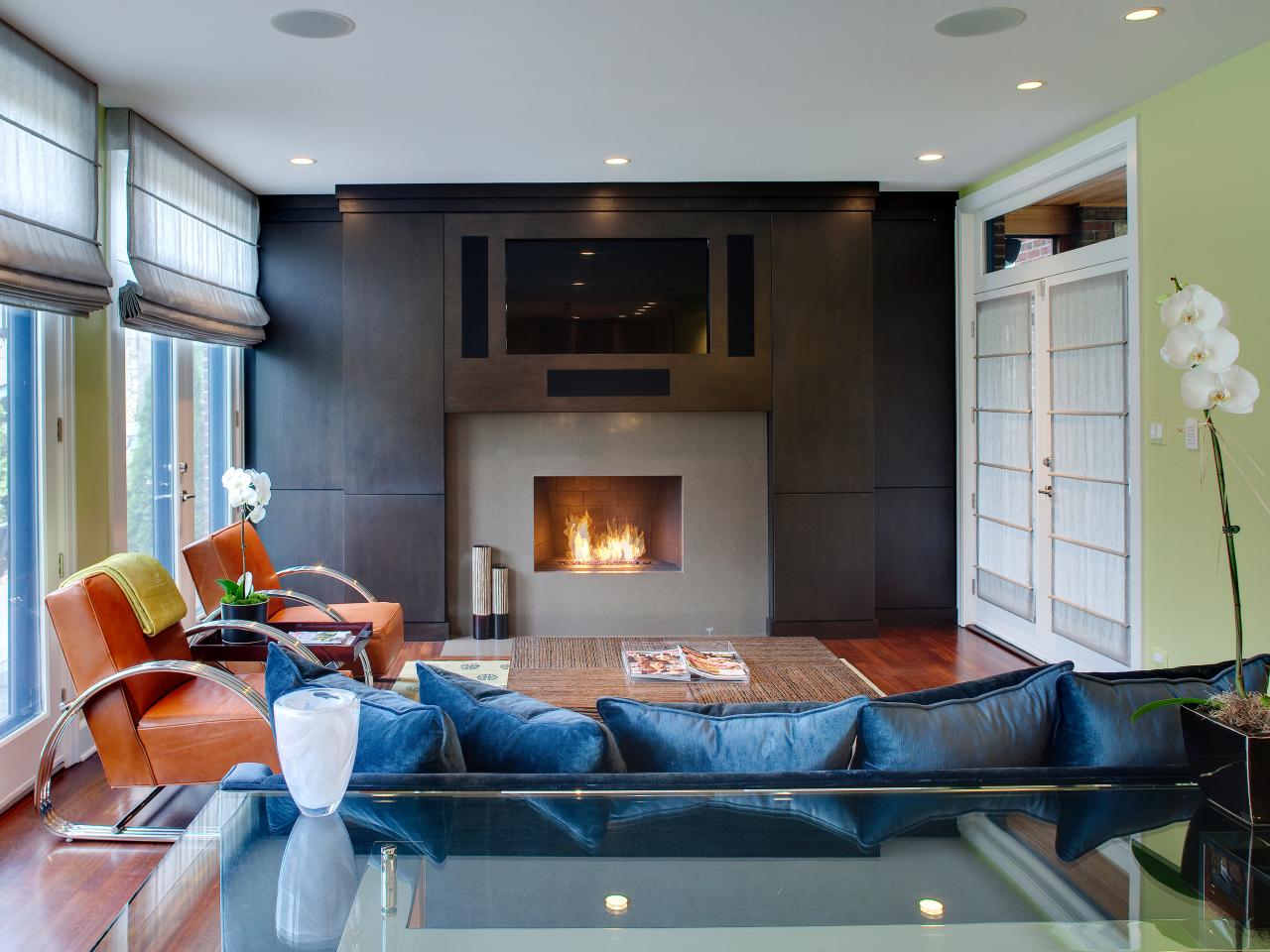
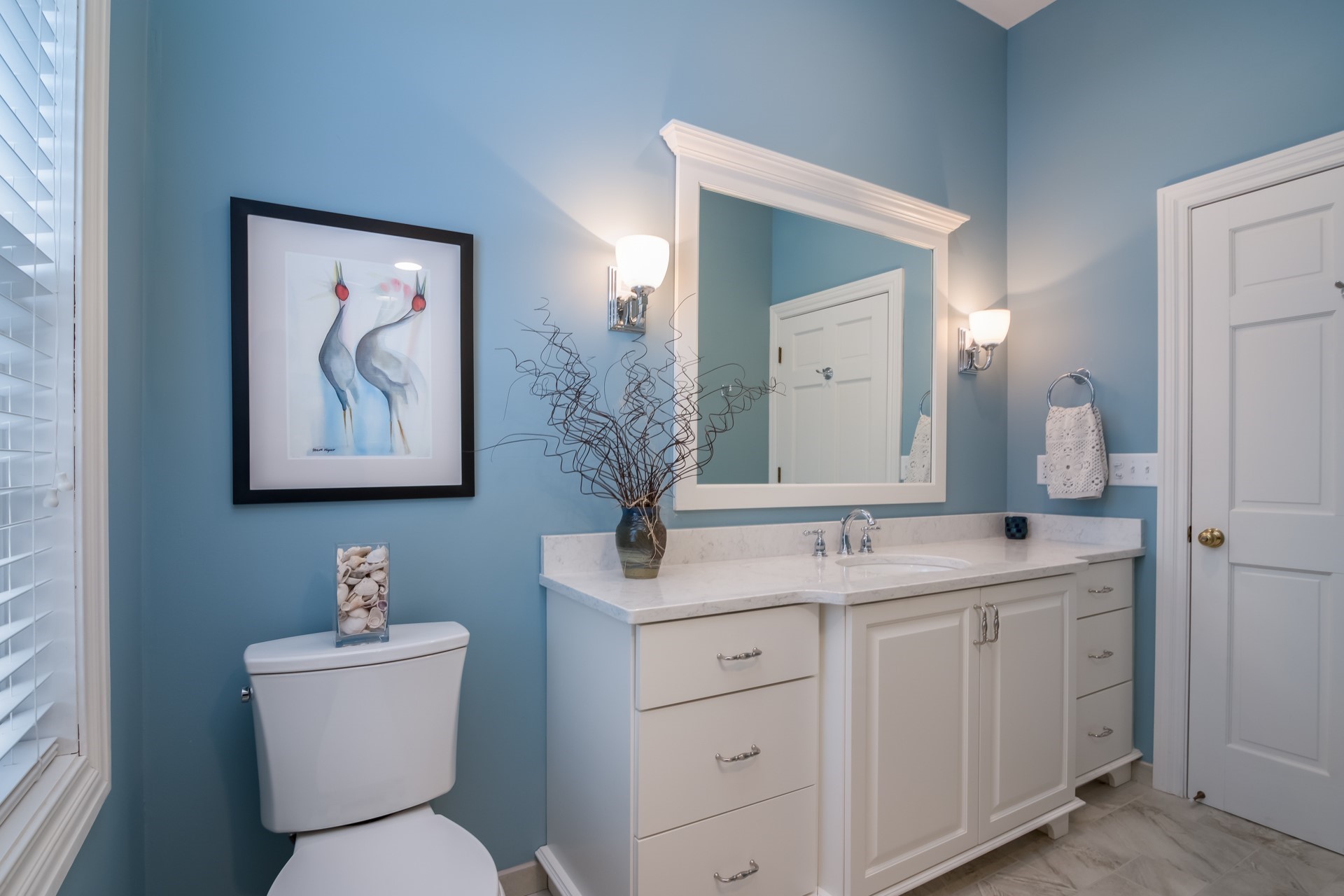
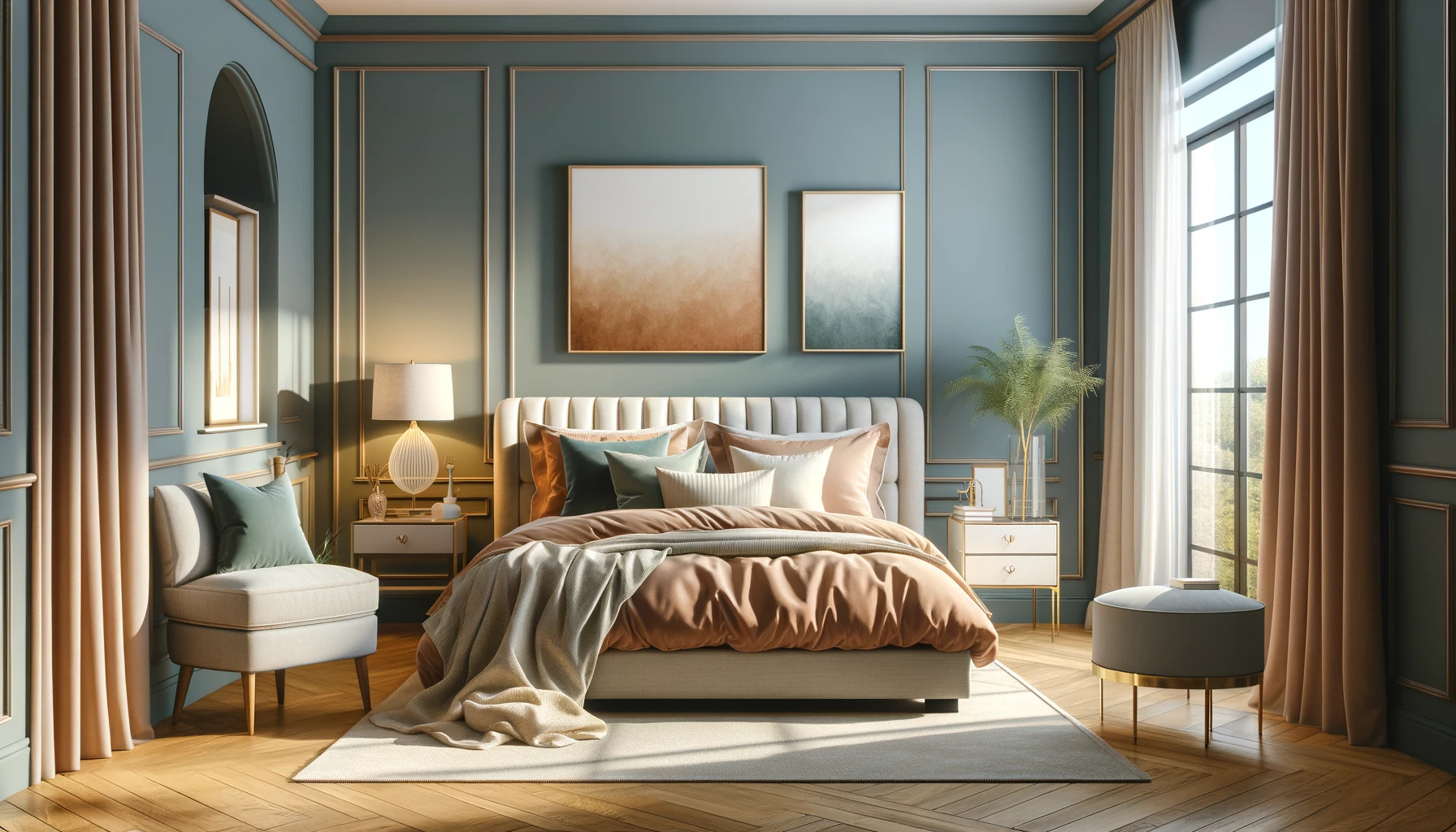
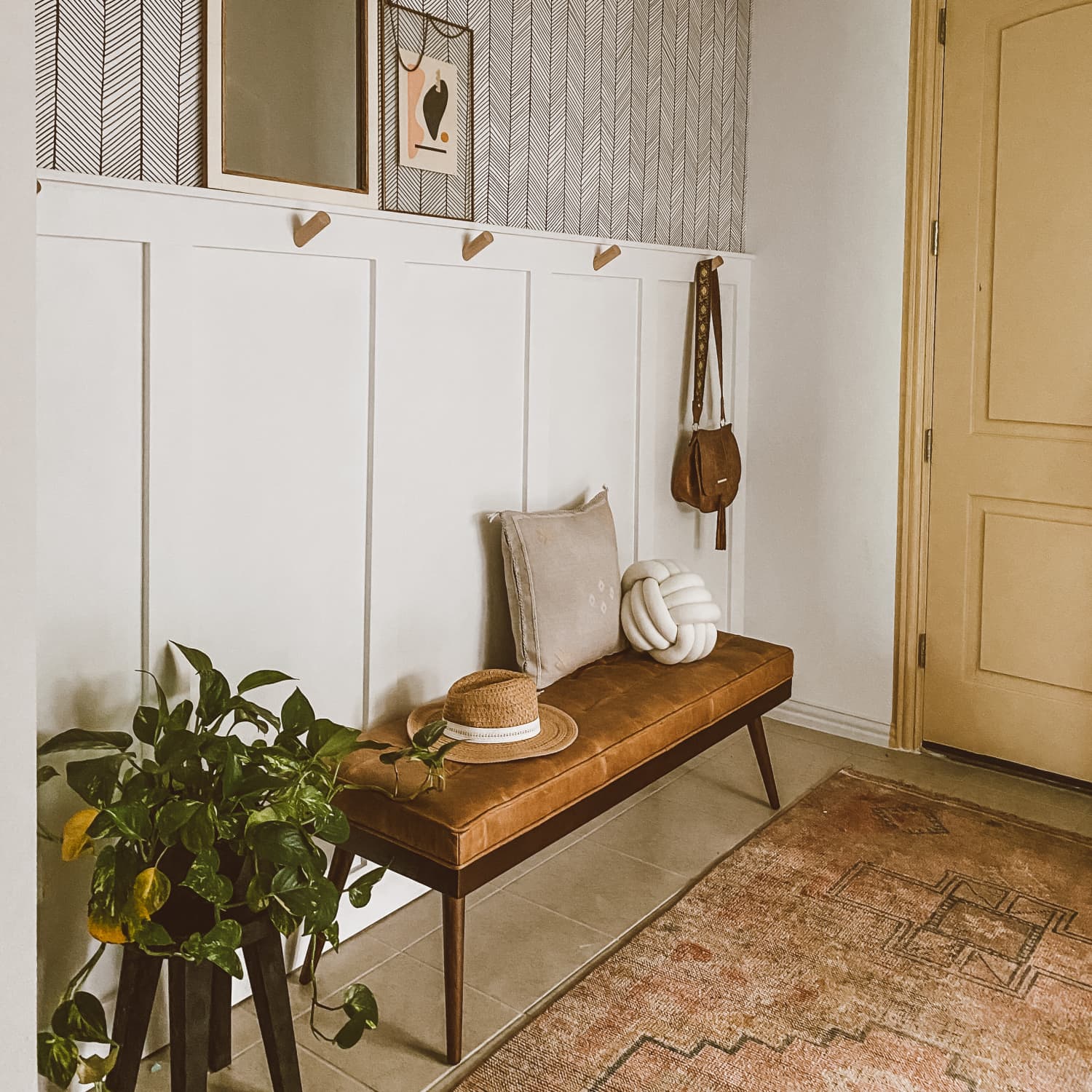
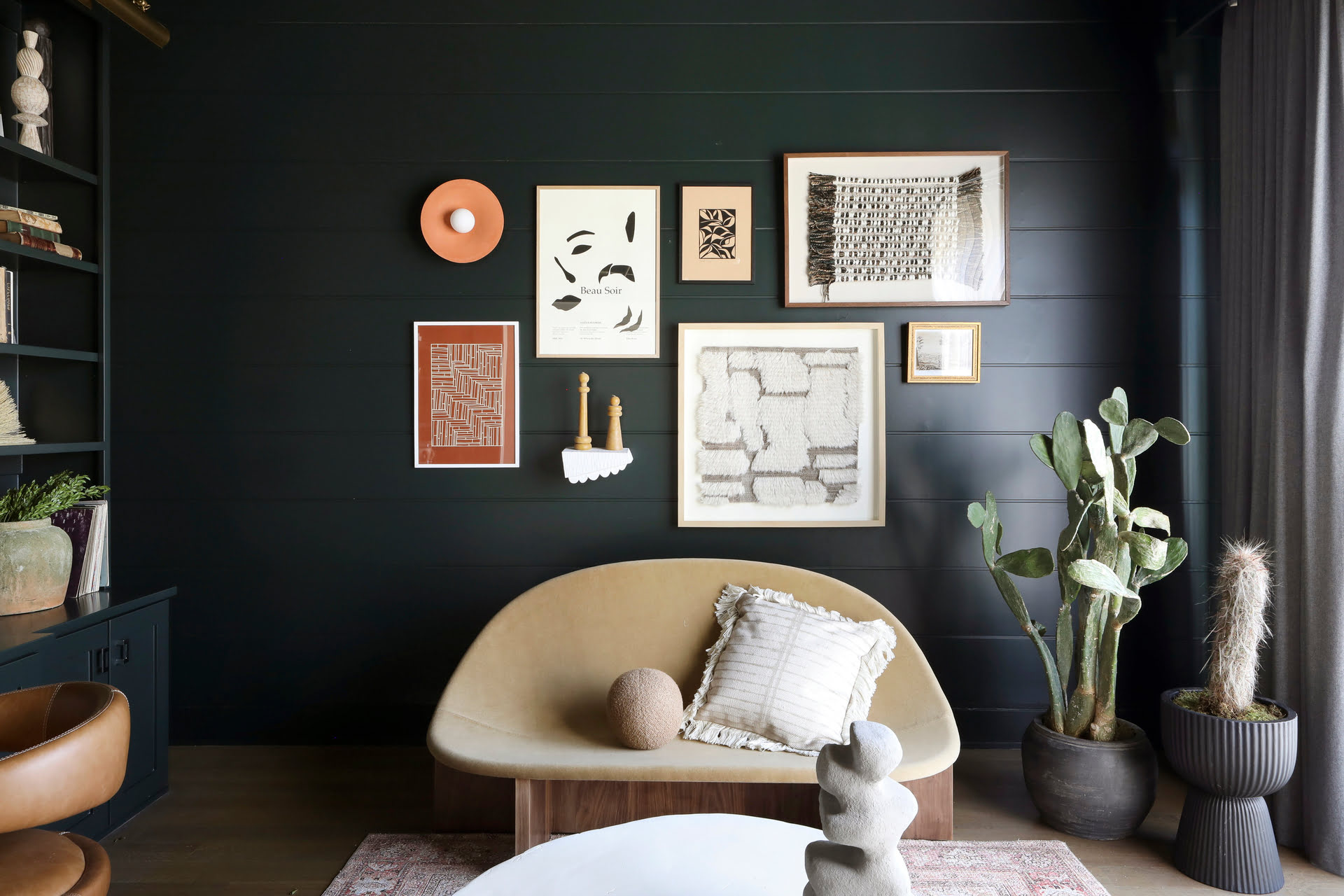

0 thoughts on “Color Decorating Rules To Ignore: 5 Old Mantras Dating Your Decor”